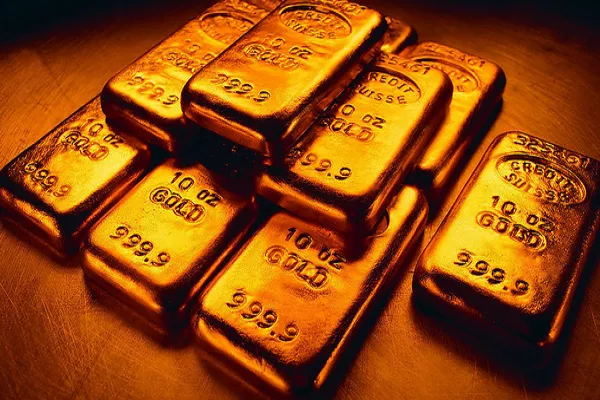Gold is still glittering in Indian households, but it’s no longer just adorning wrists or wedding boxes. With prices soaring to a record ₹93,217 per 10 grams, Indian investors are redefining their relationship with the yellow metal—shifting decisively from heavy jewelry purchases to investment vehicles like gold ETFs and digital gold.
According to a report by Motilal Oswal Private Wealth, India’s investment demand for gold surged 170% year-on-year in Q1 2025, a shift attributed to geopolitical tensions, market volatility, and the rising appeal of paper gold. In stark contrast, jewelry demand fell by 25% in volume, marking the lowest quarterly figure since Q3 2020.
“There are still people who emotionally connect with gold jewelry, but more Indians now see gold as a serious investment tool,” the report noted.
Gold ETFs Spark Investment Boom
The standout performer this quarter was the gold-backed exchange-traded fund (ETF) segment. Indian ETF holdings rose by 11%, signaling strong retail and institutional interest. Globally, gold ETF holdings increased by 226 tonnes—bringing total holdings to 3,445 tonnes—representing the strongest quarterly growth in three years.
“ETF-driven demand hit 552 tonnes globally, nearly matching levels last seen during the early stages of the Russia-Ukraine conflict,” the report said.
The spike reflects investors’ search for assets that provide both portfolio protection and tax-efficient returns, with gold ETFs offering liquidity, zero making charges, and freedom from physical storage hassles.
Jewelry Still Has Its Sparkle—But in Smaller Doses
Though traditional jewelry buying took a hit in volume, value-based demand actually rose 3% in India, highlighting gold’s undying emotional pull. Need-based purchases—especially for weddings—remained relatively strong, even as discretionary buying dropped.
To cope with record prices, consumers leaned on creative strategies:
- Trading in old ornaments (45% of purchases involved exchanges)
- Opting for lighter, minimalist pieces
- Increasing use of gold loans by pledging existing jewelry
“Indians are adapting rather than abandoning gold,” said an analyst at Motilal Oswal. “It’s now less about luxury and more about smart asset allocation.”
Central Banks and the RBI Stay the Course
Globally, central bank gold demand remained firm, albeit slower than the aggressive pace of 2024. India’s central bank followed suit with a more cautious stance, adding just 0.6 tonnes in March. Nevertheless, the RBI’s total gold reserves rose to a record 879.6 tonnes, now constituting nearly 11.7% of India’s total forex reserves.
“Even at a slower pace, the RBI continues to affirm gold’s long-term strategic importance in its reserves,” the report added.
From Ornament to Opportunity
The shift in India’s gold landscape signals a larger trend: the evolution of gold from a cultural heirloom to a financial instrument. While the shine of bridal jewelry endures, it’s the quiet compounding of ETFs and digital gold that is capturing the new generation’s imagination.
As prices remain volatile and global uncertainties persist, gold’s role as a safe-haven and diversified asset is only growing stronger. And for Indian investors in 2025, that glint of gold may now be found more often in portfolio dashboards than in velvet-lined boxes.


